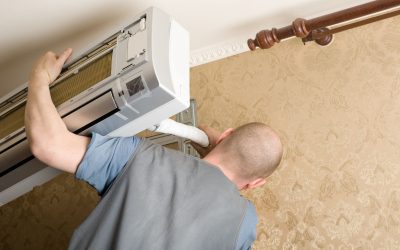A heating system can be a complex piece of equipment, especially if the appliance uses natural gas or propane as a source of fuel. These fuels require both a control system to meter them and an exhaust method to eliminate waste gases. Unfortunately, this combination can cause a lot of dirt and corrosion that will need superior Furnace repair to eliminate them. For instance, the buildup of creosote and tar inside the flue can cause a blockage that prevents the flue from closing properly. Plus, the extreme changes in heat can allow corrosion in the metal and this can spread to the appliance.
There are two kinds of furnaces, the one that stands alone and the one that works as part of an HVAC (heating, ventilation and air conditioning) system. The former is a common occurrence in older homes and homes with alternative cooling systems. However, they both operate using the same principles. For example, both kinds of furnaces can use natural gas as a fuel for heating or electrical resistance. That is, the appliances come in a version that can function in an all electric environment and one for a home with multiple fuel options.
One of the most important types of Furnace repair is the maintenance that they require on a yearly basis. This may not seem like a repair task, but it requires a lot of skill to thoroughly inspect and clean the system. If this job is not done properly, then the unit could fail when the property owner needs it the most. Plus, testing the appliance for signs of problems such as faulty electronics reduces the chance that the system will shut down unexpectedly.
Eventually, the furnace will break down and require replacement. At this point the home or business owner has multiple options. They could choose to keep the same type of system or they may opt for a more efficient appliance such as the heat pump. If the furnace is part of an HVAC, then they could also select a system such as the split or ductless appliance as the replacement. Heat pumps provide a great alternative for saving energy, but they will still require a delivery system such as air ducts. Split units allow for a more controlled energy usage by cooling each zone independently.



